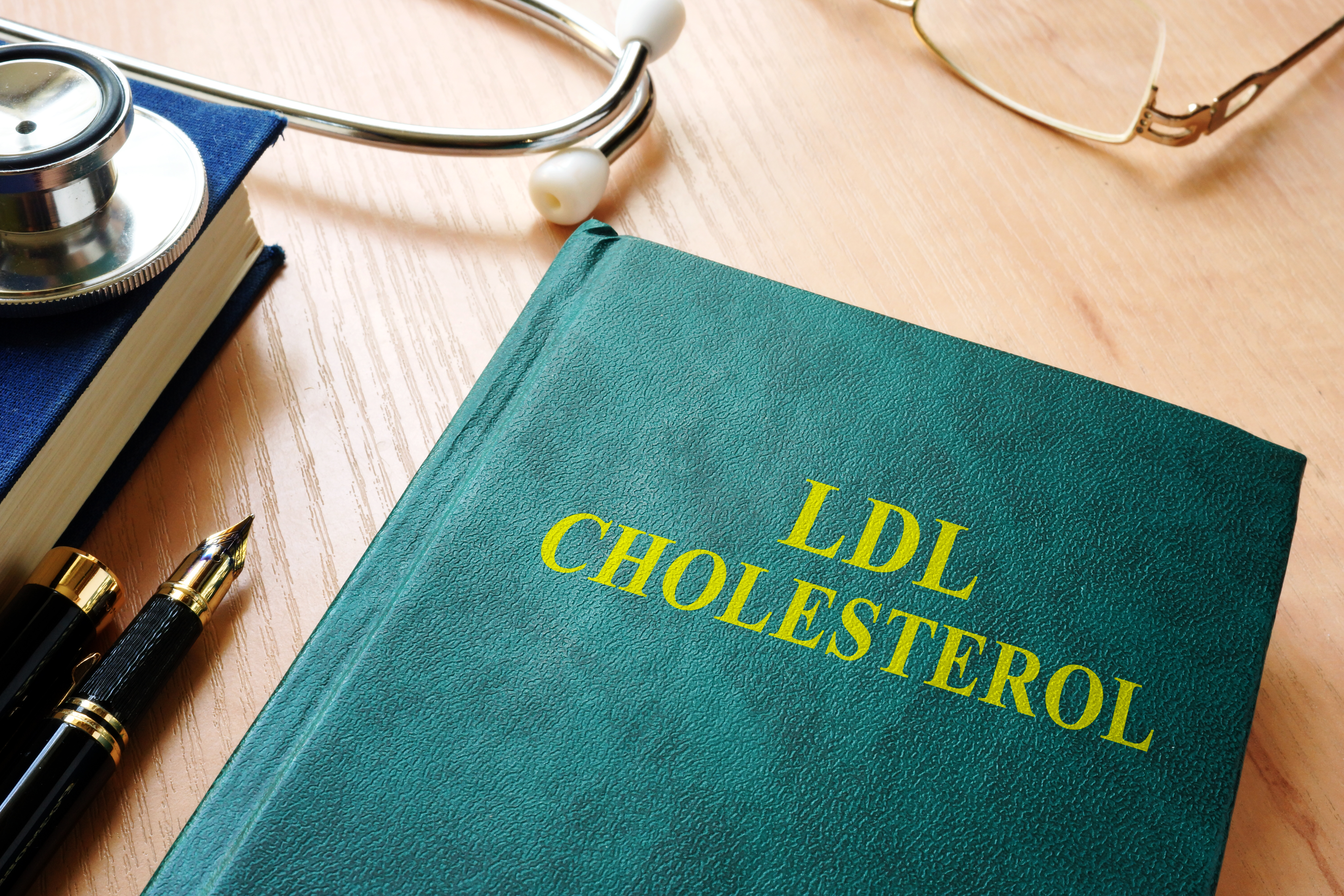Hypercholesterolemia is a major modifiable risk factor for coronary heart disease (CHD). Studies have consistently shown that atherosclerotic cardiovascular disease (ASCVD) risk is correlated to the levels of low-density lipoproteins (LDL) in the body. The lower the LDL levels, the lower the risk of ASCVD; but a key question remains to be answered, how low can you go without being unsafe? It has been several years since the 2013 American College of Cardiology and the American Heart Association (ACC/AHA) published updated guidelines for the management of hypercholesterolemia. The more current American College of Endocrinology (AACE) guidelines make an attempt to update clinicians on clinical profile-based management in 2017. One of the most striking differences between the 2013 ACC/AHA guidelines and the AACE/ESC/EAS guidelines is the latter’s focus on specific target LDL-C levels. While there is little doubt that higher statin intensity lowers ASCVD risk, a new meta-analysis has now shown based upon the IMPROVE-IT (Examining Outcomes in Subjects With Acute Coronary Syndrome: Vytorin vs Simvastatin), FOURIER (Further Cardiovascular Outcomes Research With PCSK9 Inhibition in Subjects With Elevated Risk) and REVEAL trials that, lower is better when it comes to LDL-Cholesterol (LDL-C).
Dr. Marc S. Sabatine (Massachusetts General Hospital, Boston, MA) and his colleagues conducted a meta-analysis of 26 statin trials by the Cholesterol Treatment Trialists Collaboration (CTTC) and 3 randomized, double-blind, placebo-controlled clinical trials of non-statin LDL-C lowering therapy added to background statin therapy. In the CTTC analysis, among patients who had LDL averaging 65.7 mg/dL at baseline, there was a 22% reduction in risk of major cardiovascular events (MACE) for every 38.7 mg/dL (1 mmol/L) reduction in LDL-cholesterol levels. Among the patients enrolled in the IMPROVE-IT, FOURIER and REVEAL trials, same event risk reduction (21%) on the non-statin therapy alone (RR 0.79, 95% CI 0.70-0.88) or with statins on top (RR 0.79, 95% CI 0.71-0.87) was observed. Moreover, the authors state that the net clinical benefit is virtually identical for statins, ezetimibe, PCSK9 inhibition, and cholesterol ester transfer protein (CETP) inhibition.
 [perfectpullquote align=”full” bordertop=”false” cite=”” link=”” color=”” class=”” size=””]“Lower is better!” and indeed – “lowest is best”!- Dr. Christopher Cannon, M.D. [/perfectpullquote]
[perfectpullquote align=”full” bordertop=”false” cite=”” link=”” color=”” class=”” size=””]“Lower is better!” and indeed – “lowest is best”!- Dr. Christopher Cannon, M.D. [/perfectpullquote]
In terms of safety, LDL-C lowering was not associated with an increased risk of serious adverse events (Relative risk: 1.00, 95% Confidence interval: 0.98-1.02, p= 0.89), myalgias and/or myositis, elevation in the level of aminotransferases, new-onset diabetes, hemorrhagic stroke, or cancer in any of the trials individually or when meta-analyzed. The authors concluded that, there is a consistent relative risk reduction in major vascular events per further reduction in LDL-C in patient populations with a baseline median LDL-C level of 1.6 mmol/L (63 mg/ dL) and safely achieving levels as low as a median of 0.5 mmol/L (21 mg/dL). When asked to comment on the study, Dr. Christopher Cannon, senior physician in the Cardiovascular Division at Brigham and Women’s Hospital summed it up in a single phrase, “Lower is better!” and indeed – “lowest is best!”
The analysis was limited by a small number of patients included from various clinical trials, the difference in inclusion criteria among the trials and variation in the duration of follow-up of participants.
Source: https://jamanetwork.com/journals/jamacardiology/article-abstract/2695047





